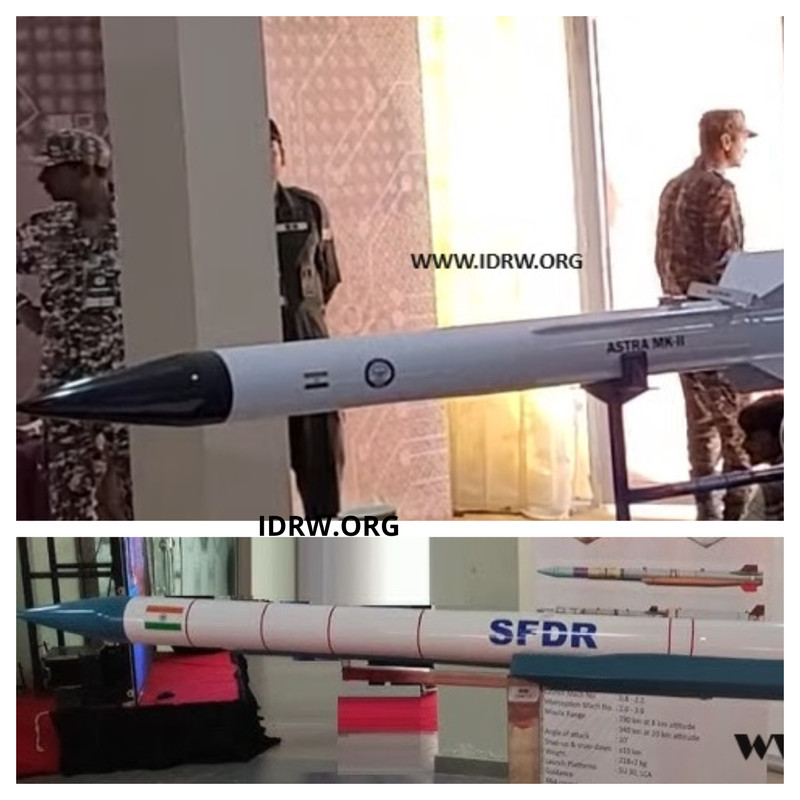SOURCE: IDRW.ORG


The Indian Air Force (IAF) is prioritizing the development of long-range missiles and robust communication networks following a critical lesson learned from the events of February 27th, 2019. During that engagement, communication blackouts significantly hampered IAF operations.
The 2019 incident exposed a vulnerability in the IAF’s communication systems. Scrambled MiG-21s lost contact with control, vectored Su-30MKIs flew “deaf,” and Mirage 2000Is, the first to detect enemy JF-17s, lacked crucial information due to communication limitations.
In response to this shortcoming, the IAF had urged DRDO (Defence Research and Development Organisation) to expedite the development of the Astra MkIII missile and the Supersonic Target Acquisition Radar (STAR) program.
The Astra MkIII is envisioned as a long-range air-to-air missile specifically designed to counter Airborne Early Warning and Control System (AWACS) aircraft and Electronic Warfare (EW) platforms. Its extended range will enable the IAF to neutralize these threats before they can significantly influence the battlespace.
The Pakistan Air Force (PAF) currently boasts a larger AEW&CS fleet compared to India. These Pakistani aircraft can operate at a distance of nearly 250 km from their area of operations, potentially placing them beyond the reach of existing Indian air-to-air missiles.
However, India’s counterpunch lies in the Astra MkII, another missile under development by DRDO. This missile is reported to have a range of 370 km, exceeding the operational range of PAF’s AEW&CS fleet. This effectively pushes Pakistani AWACS and EW aircraft out of the equation, limiting their ability to impact major operations against India.
DRDO also has plans to develop an air to air variant of its STAR (Supersonic Target Acquisition and Ranging) program that also aims to develop an indigenous Anti-AWACS and Anti-EW platform. A successful STAR program would provide the IAF with a dedicated solution to counter PAF’s AEW&CS advantage.
While long-range missiles offer a solution, the IAF is also likely focusing on fortifying its communication infrastructure. Strengthening networks and ensuring redundancy will prevent communication blackouts from hindering operations in the future.
The events of 2019 served as a wake-up call for the IAF. By prioritizing long-range missiles like Astra MkII and MkIII, alongside robust communication networks, the IAF is working towards ensuring its preparedness for future aerial confrontations.
NOTE : Article cannot be reproduced without written permission of idrw.org in any form even for YouTube Videos to avoid Copy right strikes. Websites doing illegal reproductions will get DMCA and Legal Notices.